Midterm elections are coming up on Nov. 4, and for students, there may not be much time to get educated on the candidates and issues that will be on this year’s ballot. So here is a quick summary of the major candidates in Utah’s most relevant races.
Utah Attorney General
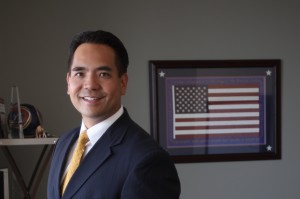
The attorney general’s office has been the subject of criticism since accusations of fraud and abuse of power by the past two attorneys general arose in January 2013. Normally, the attorney general is not up for reelection in a midterm year, but since the governor appointed Sean Reyes to the position after the resignation of John Swallow, voters have a chance to choose for themselves once again.
Sean Reyes, Republican
Reyes graduated from BYU and went on to earn a law degree from U.C. Berkeley. During his 14 years practicing law he received many state and national awards, including being named the American Bar Association’s National Outstanding Young Lawyer. He has held multiple leadership positions in the legal community. In his time as attorney general, Reyes says he has worked to restore public trust in his office. He believes in defending the law of the land and combating violent crime including bullying and violence against women and children.
Charles Stormont, Democrat
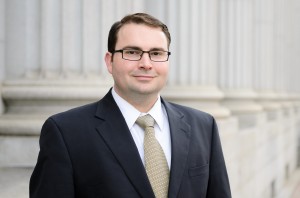
Stormont has an extensive and varied professional background that includes trial lawyer, restaurant owner and 6,000-acre farm manager. Most recently, he has been working in the attorney general’s office as an attorney for the state. Stormont is committed to structurally reforming the attorney general’s office, including creating a State Ethics Office. He sees the role of attorney general as a legal adviser to the people of Utah, as he explained in a recent debate with Reyes.
U.S. House of Representatives — 3rd Congressional District
The 3rd District covers Provo, Orem and most of Utah County east of the lake. It also reaches to the southeast corner of the state. Like most of Utah, it has historically been represented by Republicans, although Democrat Bill Orton served as its representative for six years in the ’90s. The two current candidates faced off in a debate on Oct. 7.
Jason Chaffetz, Republican
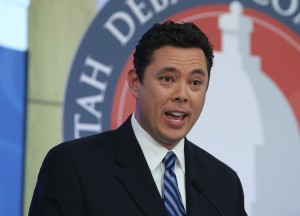
Chaffetz is the current representative from the 3rd District and has been since 2008. He is a BYU graduate who, before his political career, spent 16 years in the local business community. According to Chaffetz’s campaign website, he runs on the principles of “fiscal discipline, limited government, accountability, and a strong national defense.” He and his wife, Julie, have been married for 23 years and have three children.
Brian Wonnacott, Democrat
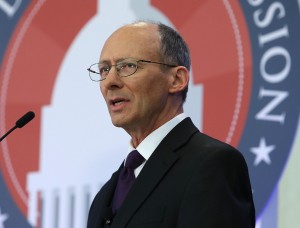
Wonnacott is a software engineer nearing retirement and running in his first-ever political race. He is unsatisfied with the oppositional nature of Congress and doesn’t relate with either extreme.
“I am known among my colleagues as someone who ensures each side understands the point of view of the other side, even if I disagree,” he said in a voter information pamphlet prepared by the lieutenant governor’s office. “I believe the political sides are not as far apart as they seem, and I would like to work at bridging that gap.”
Wonnacott has been married for nearly 40 years, and he enjoys hiking and biking.
U.S. House of Representatives — 4th Congressional District
The 4th District covers a relatively small area in central Utah, including parts of Salt Lake, Utah, Juab and Sanpete counties. Candidates in the 4th District are vying for a seat left vacant by the retiring Jim Matheson, D-Utah. Matheson is the first representative of the 4th District, which was created in 2012 as a result of redistricting after the 2010 Census. He had previously served in Congress representing Utah’s 2nd Congressional District.
Mia Love, Republican
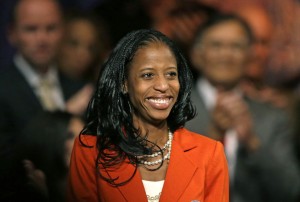
Love ran against Matheson in the 2012 election and lost by fewer than 800 votes. She is staunchly conservative and seeks to defund Obamacare and, as she said in a debate on Oct. 14, “push decision-making as close to people as possible.” She has recently expressed her disappointment with what she calls “personal attacks” from her main opponent, Democrat Doug Owens. Love previously served as mayor of Saratoga Springs. If elected, she will become the first black female Republican in U.S. Congress history. She is recognized nationally as a rising star in the Republican Party.
Doug Owens, Democrat
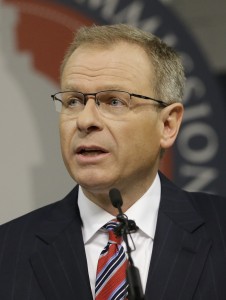
Owens is a corporate defense attorney and “sixth-generation Utahn.” His campaign has focused on “ending dysfunction in Washington and finding pragmatic, bipartisan solutions,” according to the voter information pamphlet. He is unhappy with the way Obamacare was passed and hopes to help reform it. Owens has stated he would like to serve on the education committee in Congress and would work to put curriculum decisions in the hands of local authorities. He rejects Love’s allegations of foul play in his campaign, saying, in the Oct.14 debate, that “it’s totally fair in a Congressional election to be talking about the differences on the issues.”
His father, Wayne Owens, served in Congress in the ’70s, and again in the late ’80s and early ’90s, representing Utah’s 2nd Congressional District.
More information about these and other candidates, as well as the issues, up for election, can be found at vote.utah.gov. For footage of the debates these candidates participated in, visit utahdebatecommission.org.




